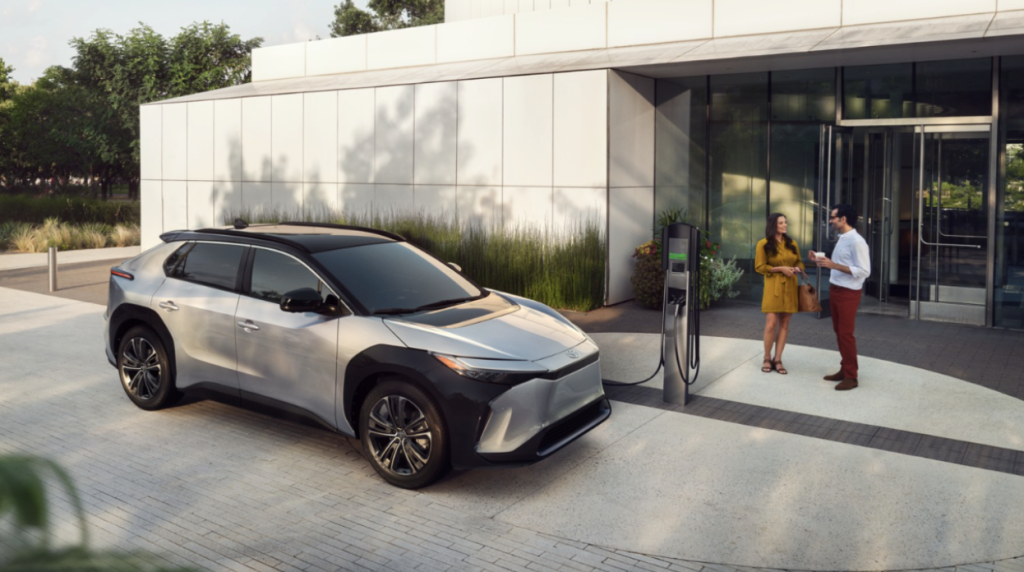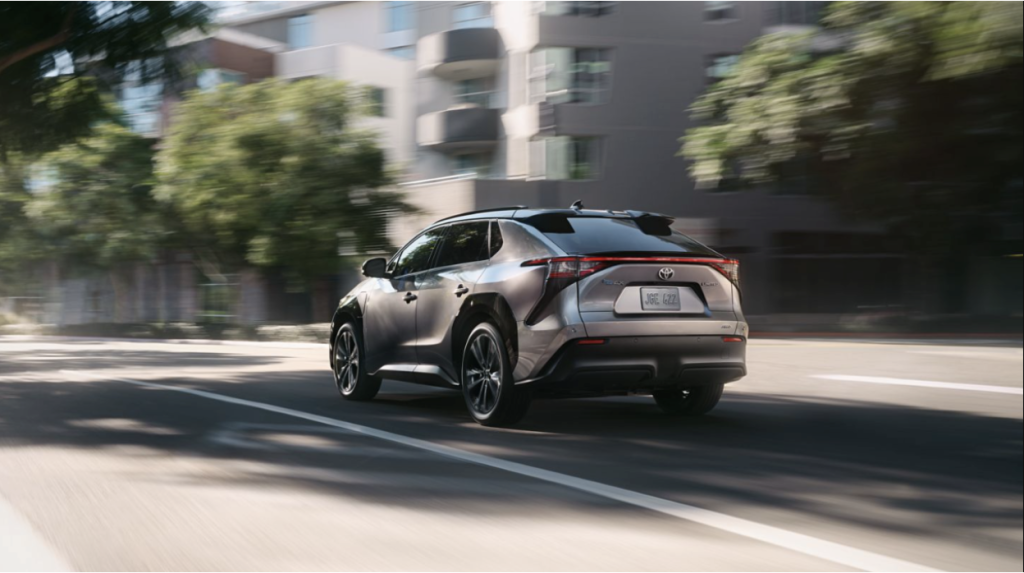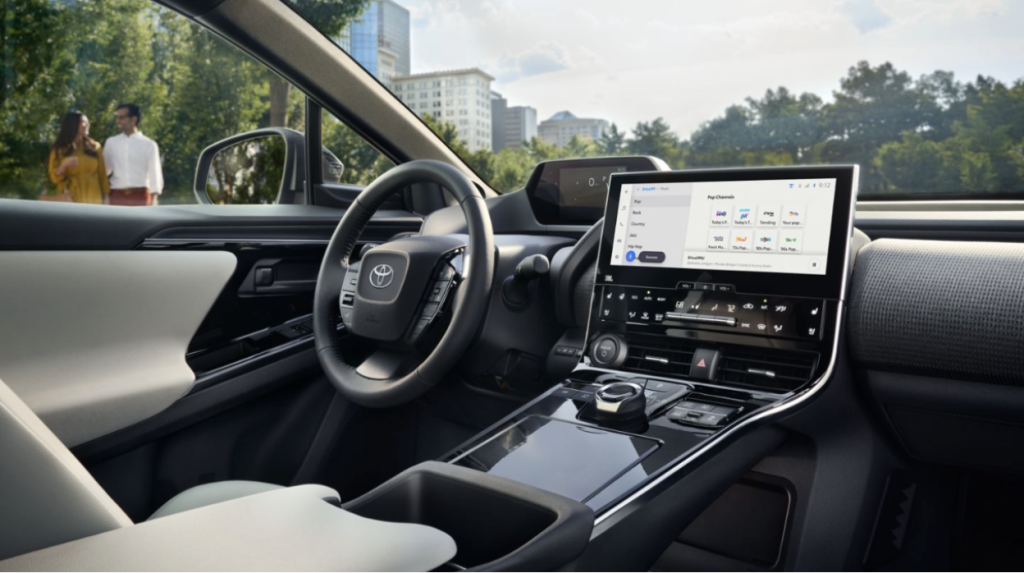You’ve Never Seen A Toyota EV Quite Like This

- Toyota has introduced the bZ Time Attack concept.
- It features an upgraded powertrain with 402+ hp.
- EV has an aggressive body kit and stripped interior.
The refreshed 2026 Toyota bZ offers up to 338 hp (252 kW / 343 PS), which is a massive 124 hp (92 kW / 126 PS) increase over its terribly named predecessor.
That power boost lets the top-spec model range-topping variant to rocket from 0-60 mph (0-96 km/h) in 4.9 seconds and travel 278 miles (447 km) on a single charge. To highlight that newfound performance, Toyota is bringing out the bZ Time Attack concept.
Set to debut at the SEMA Show next week, the track-focused model features an aggressive body kit with a prominent front splitter and new side skirts. They’re joined by extended fenders, a sporty rear diffuser, and a massive rear wing.
More: Toyota Slashed Thousands Off New Base bZ, But Raised It For Other Trims
Besides the body kit, the crossover has been lowered 6 inches (152 mm) while its track has been expanded by the same amount. This gives the model an aggressive stance, which is amplified by 19-inch BBS Unlimited wheels that are wrapped in Continental Extreme Contact Sport 02 tires.
Adding to the drama is a custom tri-color paint scheme that blends metallic and pearl hues.
Given the racing ambitions, the interior has been stripped of non-essential equipment. The result is a relatively bare cabin with a chromoly roll cage and OMP HTE-R racing seats. We can also see a new steering wheel and a shifter that has been relocated to the dash.`
Toyota didn’t say much about the powertrain, but confirmed the concept has a dual-motor all-wheel drive system that has been tuned to produce more than 402 hp (300 kW / 408 PS).
Aside from upgraded motors, the concept has a revised suspension that features TEIN coilovers and springs. They’re accompanied by an Alcon braking system that uses Hawk pads.


